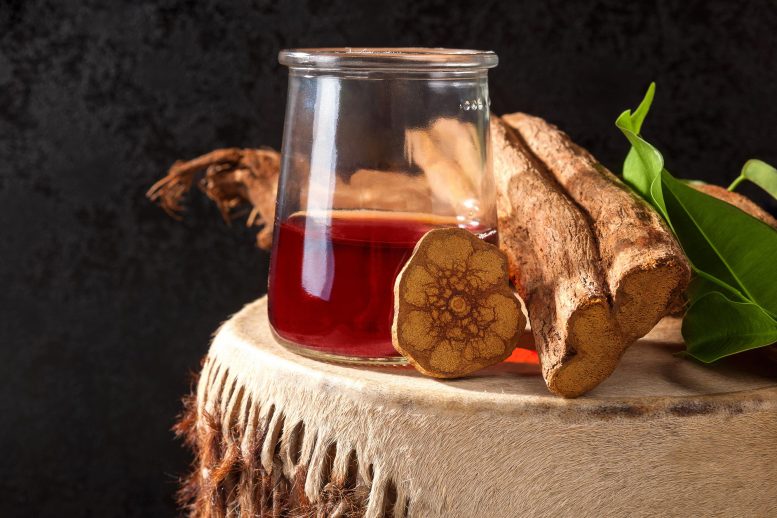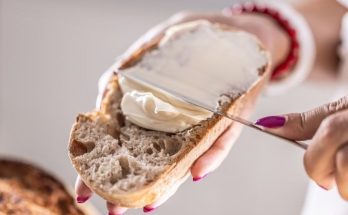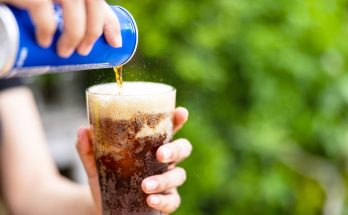
A temperature not seen since the first microsecond of the birth of the universe has been recreated by scientists, and they discovered that the event did not unfold quite the way they expected. The interaction of energy, matter, and the strong nuclear force in the ultra-hot experiments conducted at the Relativistic Heavy Ion Collider (RHIC) was thought to be well understood. However, a detailed investigation has revealed that physicists are missing something in their model of how the universe works. A recent paper detailing the findings appears in the journal Physical Review Letters.
“It’s the things you weren’t expecting that are really trying to tell you something in science,” says Steven Manly, associate professor of physics and astronomy at the University of Rochester and co-author of the paper. “The basic nature of the interactions within the hot, dense medium, or at least the manifestation of it, changes depending on the angle at which it’s viewed. We don’t know why. We’ve been handed some new pieces to the puzzle and we’re just trying to figure out how this new picture fits together.”
“They said, ‘This can’t be. You’re violating boost invariance.’ But we’ve gone over our results for more than a year, and it checks out.” Steven Manly
Manly and his collaborators on the PHOBOS experiment at RHIC in Brookhaven, New York wanted to probe the nature of the strong nuclear force that helps bind atoms together. They smashed two atoms of gold together at velocities near the speed of light in an attempt to create what’s called a “quark-gluon plasma.” This is a very brief state where the temperature is tens of thousands of times higher than the cores of the hottest stars.
Particles in this hot-soup plasma stream out, but not without bumping into other particles in the soup. It’s a bit like trying to race out of a crowded room—the more people in your way, the more difficult to escape. The strength of the interactions between particles in the soup is determined by the strong force, so carefully watching particles stream out could reveal much about how the strong force operates at such high temperatures.
To simplify their observations, the researchers collided the circular gold atoms slightly off-center so that the area of impact would not be round, but shaped rather like a football—pointed at each end. This would force any streaming particles that headed out one of the tips of the football to pass through more of the hot soup than a particle exiting the side would. Differences in the number of particles escaping out the tip versus the side of the hot matter could reveal something of the nature of that hot matter, and maybe something about the strong force itself.
But a surprise was in store. Right where the gold atoms had collided, particles did indeed take longer to stream out the tips of the football than the sides, but farther from the exact point of collision, that difference evaporated. That defied a treasured theory called boost invariance.
“It may be that we have an actual clue here that something fundamental is different—something we just don’t understand.” Steven Manly
“When we first presented this at a conference in Stony Brook, the audience couldn’t believe it,” says Manly. “They said, ‘This can’t be. You’re violating boost invariance.’ But we’ve gone over our results for more than a year, and it checks out.”
Aside from revealing that scientists are missing a piece of the physics puzzle, the findings mean that understanding these collisions fully will be much more difficult than expected. No longer can physicists measure only the sweet spot where the atoms initially collided—they now must measure the entire length of the plasma, effectively making what was a two-dimensional problem into a three-dimensional one. As Manly says, this “dramatically increases the computing complexity” of any model researchers try to devise.
Modeling and understanding such collisions are extremely important because the way that the plasma cools—condensing like steam turning into water against a shower door—might shed some light on the mechanism that gives matter its very mass. Where mass itself comes from has been one of physicists chief conundrums for decades. Manly hopes that if we can understand exactly why the quark-gluon plasma behaves as it does, we might gain an insight into some of the rudiments of the world we live in.
“Understanding all the dynamics of the collision is really critical for actually trying to get the information we want,” says Manly. “It may be that we have an actual clue here that something fundamental is different—something we just don’t understand.” Smiling, he adds, “Yet.”

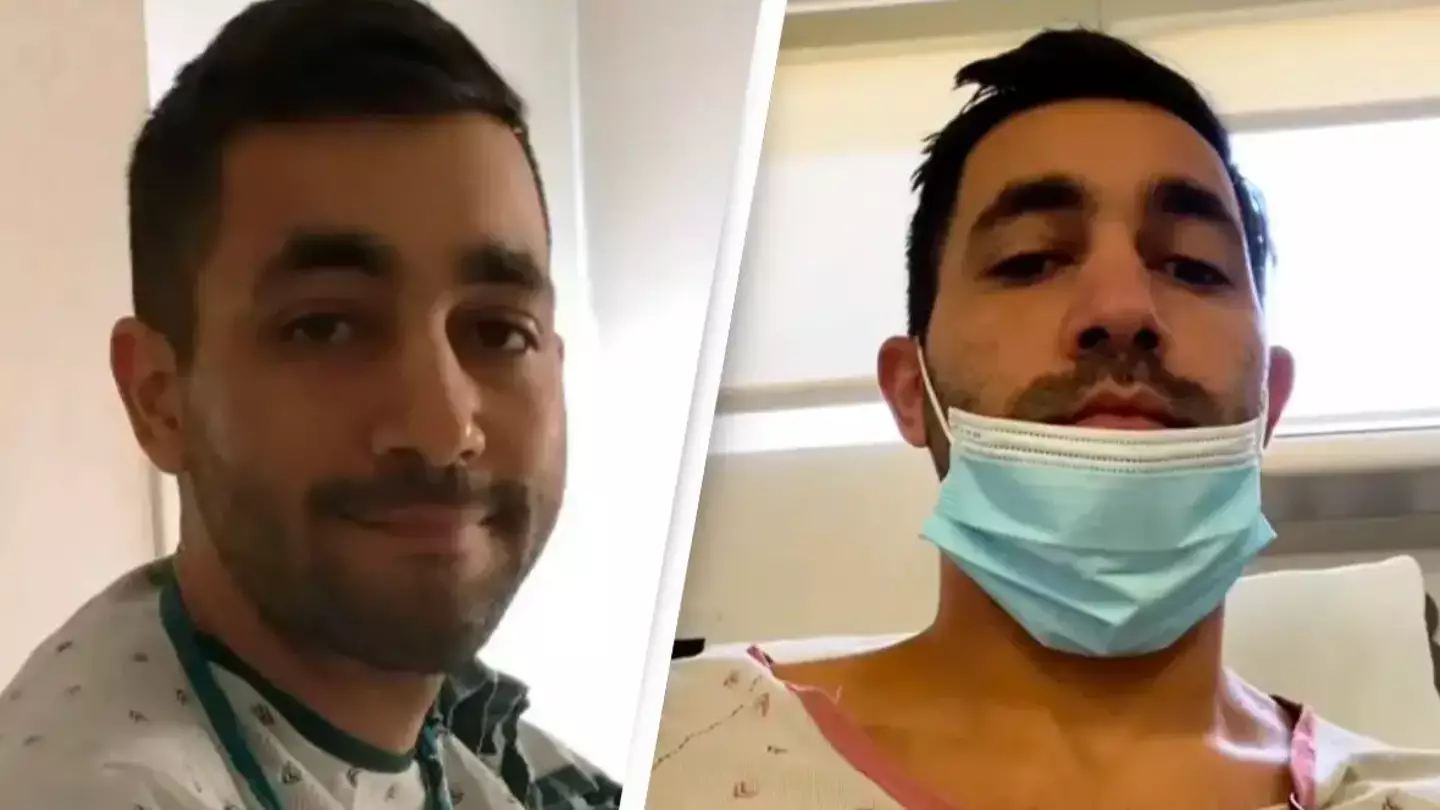
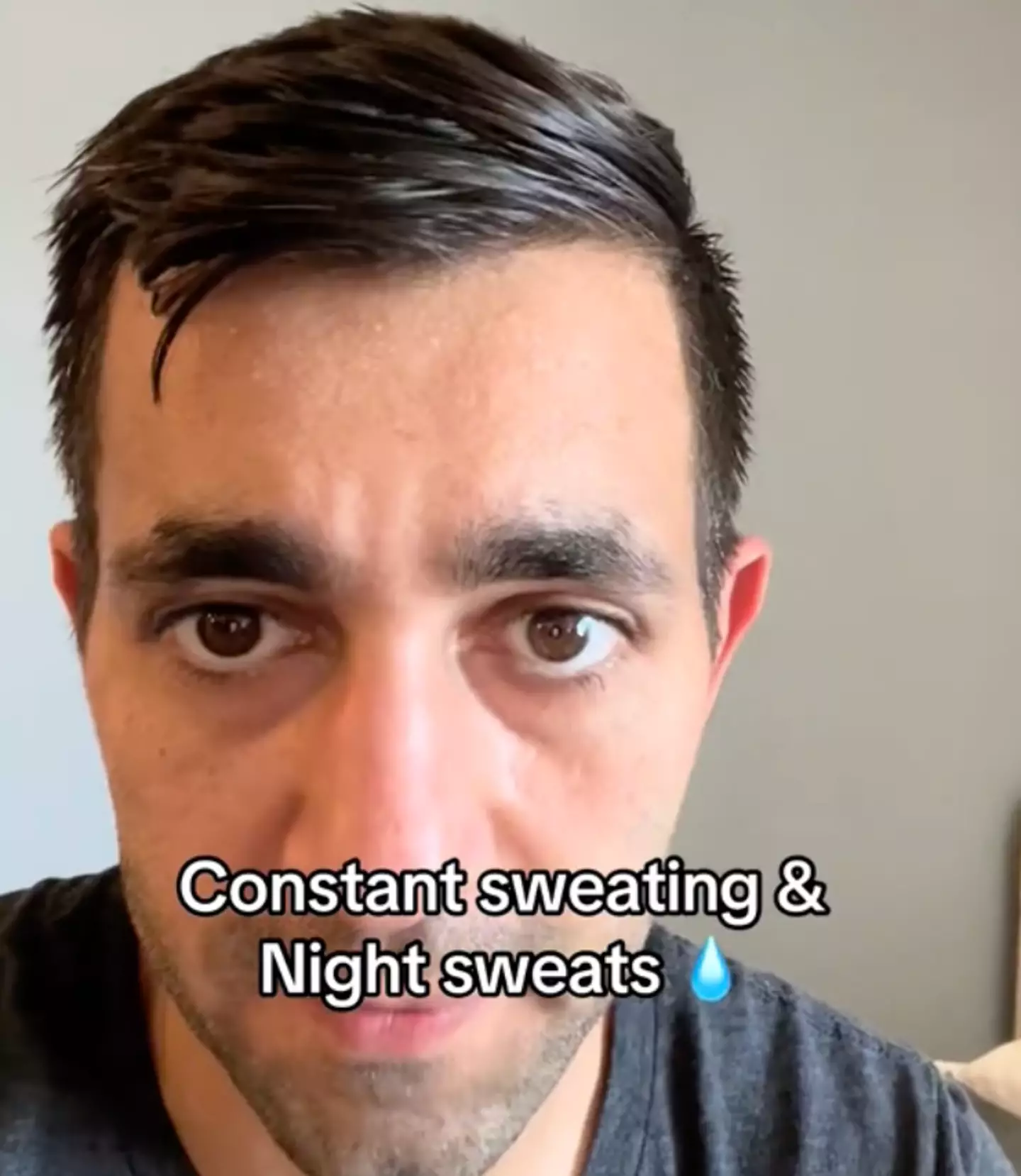







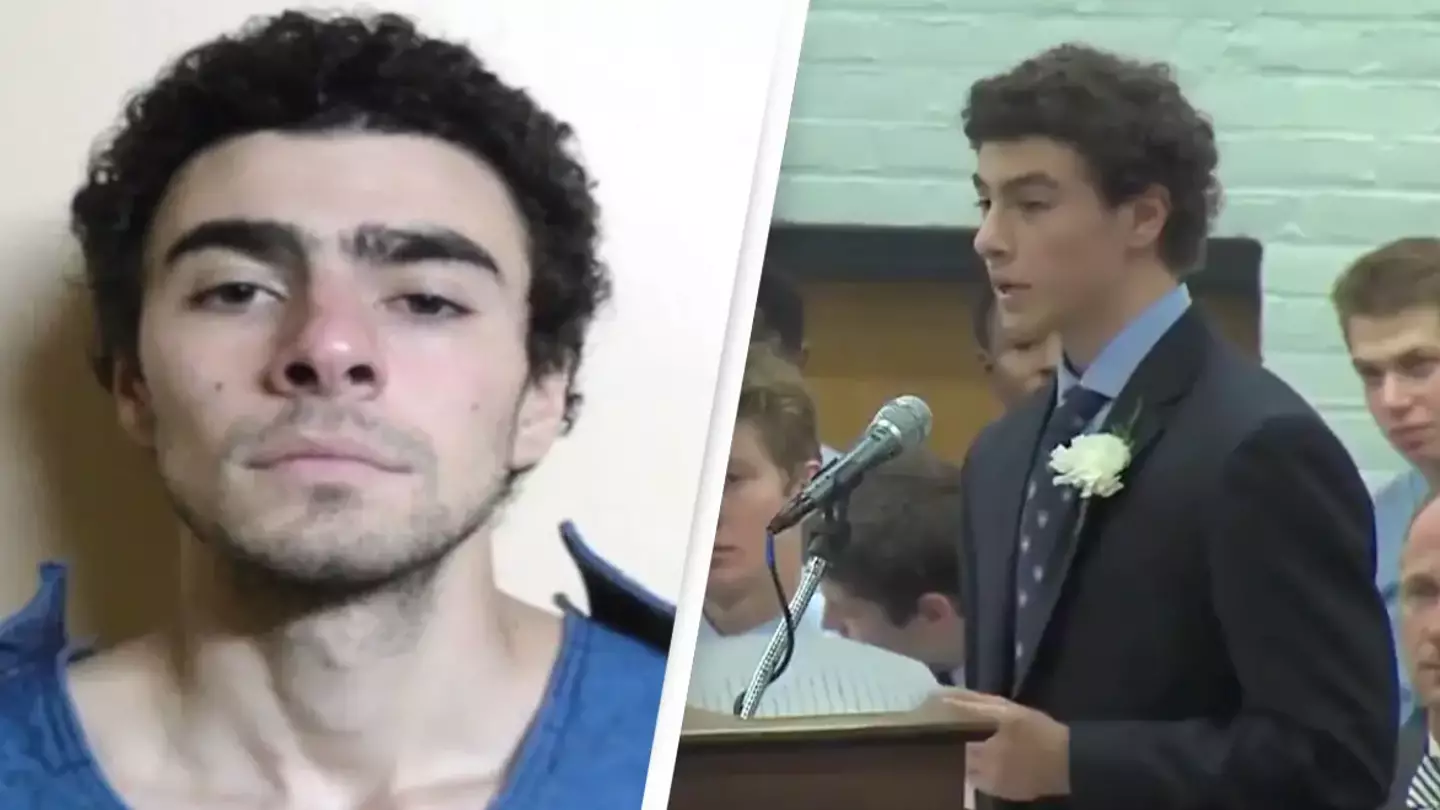






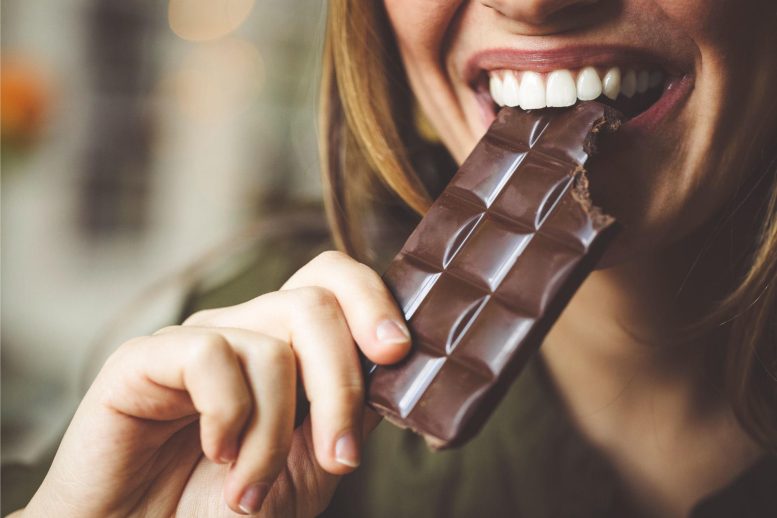

_updates.jpg)


